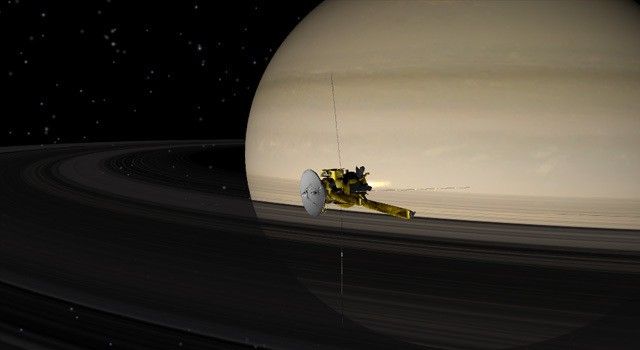Kuiper Belt: Exploration
Introduction
Most of what we know about the Kuiper Belt comes from ground-based telescopes and the Hubble Space Telescope. Only one spacecraft has visited the Kuiper Belt. NASA’s New Horizons flew past Pluto in July 2015 – sending back the first clear, close-up images of the tiny world. On Jan. 1, 2019, the spacecraft flew by a Kuiper Belt object later named Arrokoth.

This flyby was the most distant in the history of space exploration, a billion miles beyond Pluto.
History
In 1930, Pluto became the first Kuiper Belt object to be discovered. It would be another 62 years until the second one was known. This had a lot to do with the fact that KBOs are quite far away from Earth and generally quite dark. Pluto has a rather bright, reflective surface, compared to many other KBOs, as well as its large size. These qualities made Pluto easier to detect with the telescopes available in the early 20th century. At the time, scientists had not yet developed ideas about the outer solar system that suggested Pluto might have a lot of company. So, despite its oddly elliptical and tilted orbit, it made sense at the time to think of Pluto as a planet.
The Kuiper Belt is named for astronomer Gerard Kuiper, who published a scientific paper in 1951 that speculated about objects beyond Pluto. Kuiper's work didn't actually predict the populations of objects we observe in the region named for him, or, crucially, their relationship with Neptune. But he and his ideas were well-known among astronomers such that the general idea of the belt came to be attributed to him. Astronomer Kenneth Edgeworth also briefly mentioned objects beyond Pluto in papers he published in the 1940s, and thus the region is sometimes referred to as the Edgeworth-Kuiper Belt. Other astronomers also speculated that there might be undiscovered icy bodies beyond Neptune, but none were confirmed until 1992.
By the early 1990s, scientists had access to new tools that were unavailable to Pluto's discoverer, Clyde Tombaugh, in the 1930s. In 1992, astronomers David Jewitt and Jane Luu attached a CCD camera to a large (2.2-meter) telescope on Mauna Kea in Hawaii, and they quickly detected an object, which was designated 1992 QB1, and later named Albion. Many more discoveries soon followed, with a couple of thousand KBOs being detected over the next quarter-century.
The first spacecraft to enter the Kuiper Belt region was NASA's Pioneer 10 spacecraft when it crossed into the space beyond Neptune's orbit in 1983. But the first spacecraft to visit an object in the Kuiper Belt was New Horizons when it flew by Pluto and its moons. New Horizons then went on to visit Arrokoth.
Two moons of the giant planets are thought to potentially be objects originally from the Kuiper Belt that became captured long ago. Neptune's largest moon Triton was visited by NASA's Voyager 2 spacecraft in 1989, while Phoebe, a small outer moon of Saturn, was visited by NASA's Cassini spacecraft in 2004. Both of these potential captured Kuiper Belt objects orbit their planets in a direction opposite of the other moons and the planet's rotation, which is a strong indication that they likely were captured objects that strayed too close to the planets.
Explore in 3D—Eyes on the Solar System
Eyes on the Solar System lets you explore the planets, their moons, asteroids, comets and the spacecraft exploring them from 1950 to 2050. Ride with the Curiosity Rover as it lands on Mars or fly by Pluto with the New Horizons spacecraft all from the comfort of your home computer.
































